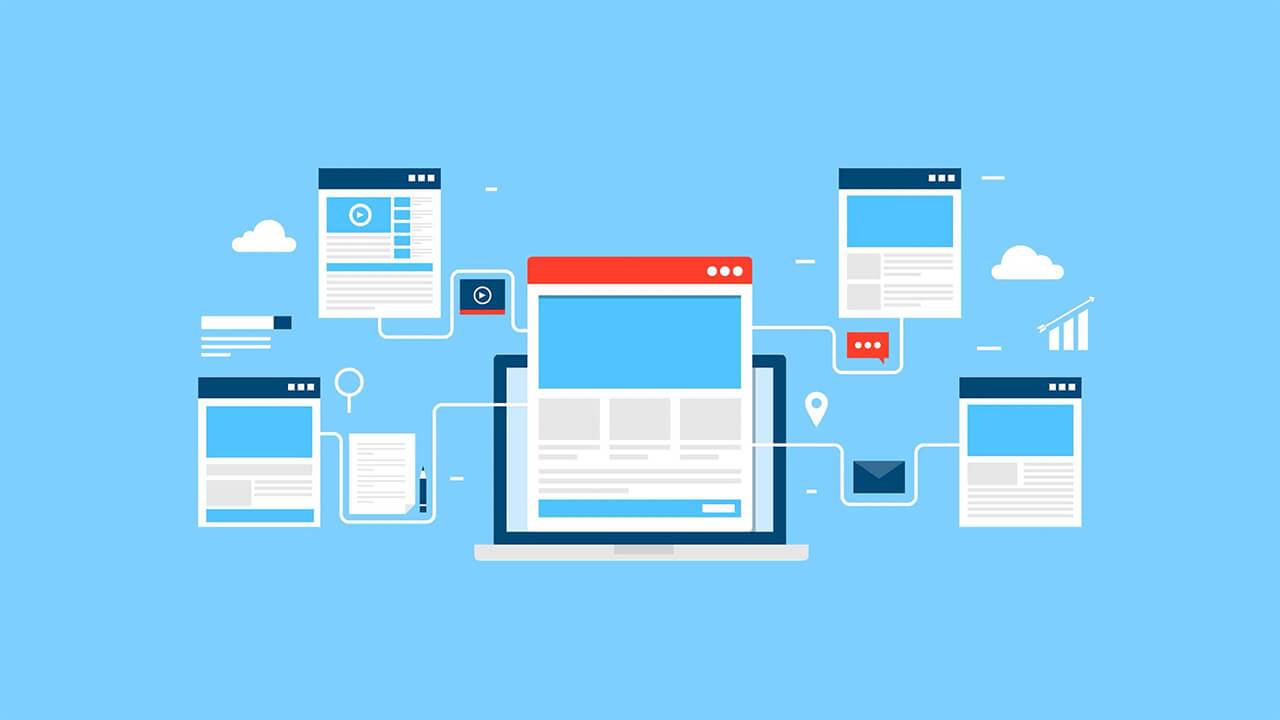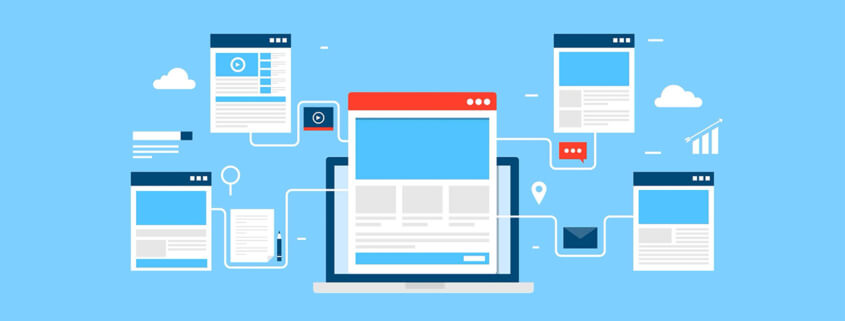Passive Link Building: How to Turn Your Website into a Magnet for Backlinks

Building backlinks is a necessary part of search engine optimization (SEO). While search engines examine hundreds of factors to calculate rankings, none are more important than backlinks. Also referred to as inbound links, they present your website as being both popular and trustworthy.
Rather than building backlinks manually, though, you should consider passive link building. With passive link building, you can turn your website into a magnet for backlinks so that it’s better positioned for high search rankings.
What Is Passive Link Building?
Passive link building is an SEO process consisting of inbound marketing and optimization tactics that are designed to attract backlinks. The term is somewhat misleading. You don’t actually build backlinks with passive link building. Rather, you attract them. Passive link building is all about creating content and optimizing your website in a way that compels other webmasters to link to your site.
Create High-Quality and Compelling Content
The quality of your website’s content will affect the number of backlinks it attracts. You can’t expect other webmasters to link to your website if it features low-quality or boring content. Webmasters usually link to other websites because they want to share another site’s content with their visitors. By creating high-quality and compelling content, more webmasters will link to your website.
Follow these tips to create backlink-attracting content:
- Choose topics that are evergreen.
- Format your content using subheadings.
- Cite facts from authority sources.
- Highlight case studies.
- Keep your content concise by avoiding filler words.
- Create engaging and relevant titles.
- Preview your content to ensure it renders properly.
Upload Lots of Images
Don’t be afraid to use lots of images on your website. Images don’t just improve the aesthetics of an article or blog post; they make it more engaging. Visitors are more likely to read an entire article or blog post if it’s formatted with relevant images. Assuming it’s high quality and compelling, some of these visitors may link to it.
Images can also attract backlinks through hotlinking. Hotlinking occurs when another webmaster embeds one of your website’s images on his or her site. Instead of downloading the image and uploading it to his or her website, the webmaster will embed the image by linking directly to it. Each instance of hotlinking creates a backlink.
Experiment With Videos
Along with images, videos can turn your website into a magnet for backlinks. A report published by WordStream indicates that blog posts with at least one video attract three times as many backlinks as those without any videos. Videos are engaging. They grab visitors’ attention while simultaneously invoking an emotional response.
You don’t have to include videos in all of your website’s articles or posts. Some types of content won’t benefit from a video. Alternatively, you may struggle to source a relevant video By experimenting with videos, however, your website will earn more backlinks.
Create and Share Your Own Images
If you’re a skilled photographer, consider creating and sharing your own images. There are image platforms, such as Flickr, that allow photographers to share their images with the world. You can upload images that you personally created to these platforms. Other users will then be able to download your images to publish on their websites.
How can image platforms yield backlinks exactly? As the original creator, you can typically require attribution from users. You can include specific instructions for attribution, such as linking to your website. To publish one of your images, users of the platform must link to your website. Your website will attract a backlink from each attribution.
Take Advantage of Infographics
In addition to traditional images, you can use infographics to attract backlinks. Infographics are large images consisting of visualized and easy-to-consume data. Visitors love infographics because they are attractive and easy to digest. Therefore, other webmasters may build links to your website’s infographics.
To maximize the backlink-attracting power of an infographic, publish an embed code with it. An embed code is a snippet of Hypertext Markup Language (HTML) that allows other webmasters to publish an infographic by linking to it. It’s essentially the same as hotlinking. The only difference is that an embed code provides webmasters with the necessary code. You can create an embed code for an infographic using the tool at fatjoe.com/embed-code-generator. After creating an embed code, add it to the HTML of the page featuring the infographic.
Automated Link Attribution
Automated link attribution can attract more backlinks to your website. This passive link building tactic involves the use of JavaScript to automatically attach a link to copied content. If a visitor copies a section of text from your website, a link will be added to his or her clipboard. If the visitor pastes the copied text into his or her website, your site will earn a backlink.
To set up automated link attribution, you’ll need to use JavaScript. JavaScript is the coding language that allows you to change how your website responds to and interacts with visitors. For a step-by-step walkthrough on how to set up automated attribution on your website, check out moz.com/ugc/copymagicpaste-a-script-and-easytouseguide-to-customize-the-copyevent-on-your-website.
Optimize URLs
Optimizing your website’s URLs can result in greater passive link building success. URLs are the foundation of links. Whether inbound or outbound, all links have a URL. A link’s URL is its destination, denoting the page to which a link will take visitors when followed. When linking to a page on your website, webmasters will use that page’s URL.
The way in which you format your website’s URLs will influence your site’s backlinks. If you use excessively long URLs, few or no webmasters may link to your website. Long URLs look messy, and the more characters a URL has, the harder it will be to remember. Using short URLs will encourage more webmasters to link to your website.
You don’t have to tirelessly build backlinks by hand. Passive link building is an easier and more effective solution. Consisting of many different inbound marketing and optimization tactics, it allows you to attract backlinks.











